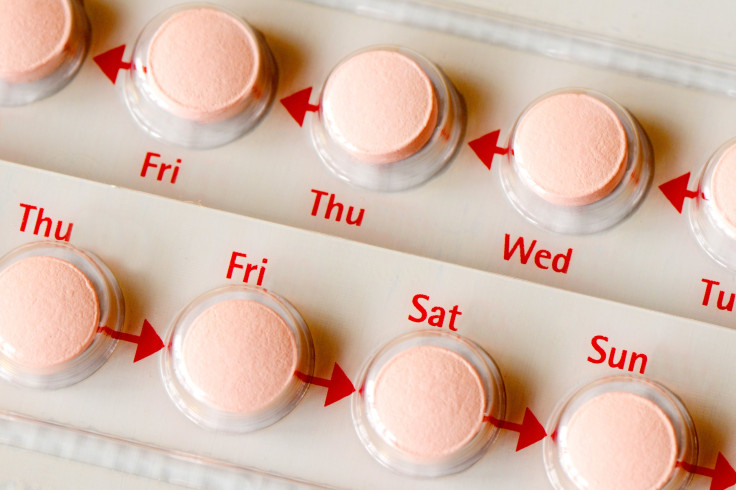Counterfeit And Defective Contraceptives Found In South America, May Contain Toxic Ingredients

Batches of counterfeit birth control pills in Peru have been found to perform at substandard level or not perform actively at all, researchers from the Georgia Institute of Technology reported. The fake contraceptives, which mimic the packaging, appearance, and chemical makeup of patented names, either contained the wrong active ingredient, not enough of the active ingredient, or no active ingredient. The findings create a large concern for women in South America who purchase and use the birth control pills, most especially since the drugs in the study were purchased from pharmacies and distributors around Lima where people can access them.
“A woman who does not want to get pregnant and takes these emergency contraceptives will get pregnant,” Georgia Tech researcher Facundo M. Fernandez said in a press release. “You really want to catch these fakes early, at the custom level or at the distribution center level. You don’t want to wait for this to get to the pharmacy or for somebody to report it.” In 2010, the World Health Organization (WHO) reported counterfeit medicines as a growing threat for developing countries. The Interpol (International Criminal Police Organization) had seized millions of pills and bottles of counterfeit medicine across Southeast Asia, Egypt, and parts of Europe in 2009. But fake contraceptives that are defective have a particular danger in some parts of South America like Peru because of Latin America’s tough views on abortion. A growing market of women depends on modern contraceptives to avoid unwanted pregnancies.
Despite appearing like patented drugs, counterfeit drugs often lack the correct ingredients to function properly. The counterfeits discovered in the study did not release an active ingredient for birth control prevention called levonorgestrel. In some cases, the drugs did not contain levonorgestrel at all. Instead, the ingredient was substituted with a toxic antibiotic that could actually cause harmful reactions for some patients, according to Fernandez. The antibiotic, called sulfamethoxazole, can increase potassium levels and thereby disrupt heart rhythm or decrease blood sugar levels (hypoglycemia), according to a 2011 study in the Canadian Medical Association Journal (CMAJ).
Fernandez and his team bought 25 batches of emergency contraceptives from 20 different brands, which claimed to have been manufactured in Argentina, Chile, China, Colombia, Hungary, India, Pakistan, Peru, and Uruguay. Seven of these 25 batches had deficient levels of the active ingredient, and one had none at all.
The team identified the counterfeit drugs using a fast and efficient approach called mass spectrometry. After identifying problematic pills with a first screening, the researchers look at the chemical makeup of the suspected counterfeit drugs. During mass spectrometry, the researchers can find out three key things: whether or not the active ingredient is present, whether the drug contains the right amount of the active ingredient, and whether the pill dissolves properly in order to release enough of that active ingredient into the body. To identify a deficient drug, researchers also look deep into the pill at its “fillers,” or its elements besides the active ingredients. According to Fernandez, this is because the most “sophisticated” fake drugs may pass all the initial tests for active ingredients but contain the wrong fillers, rendering the drug ineffective.
Source: Monge E, et al. A Tiered Analytical Approach for Investigating Poor Quality Emergency Contraceptives. PLoS ONE. 2014.
Published by Medicaldaily.com



























